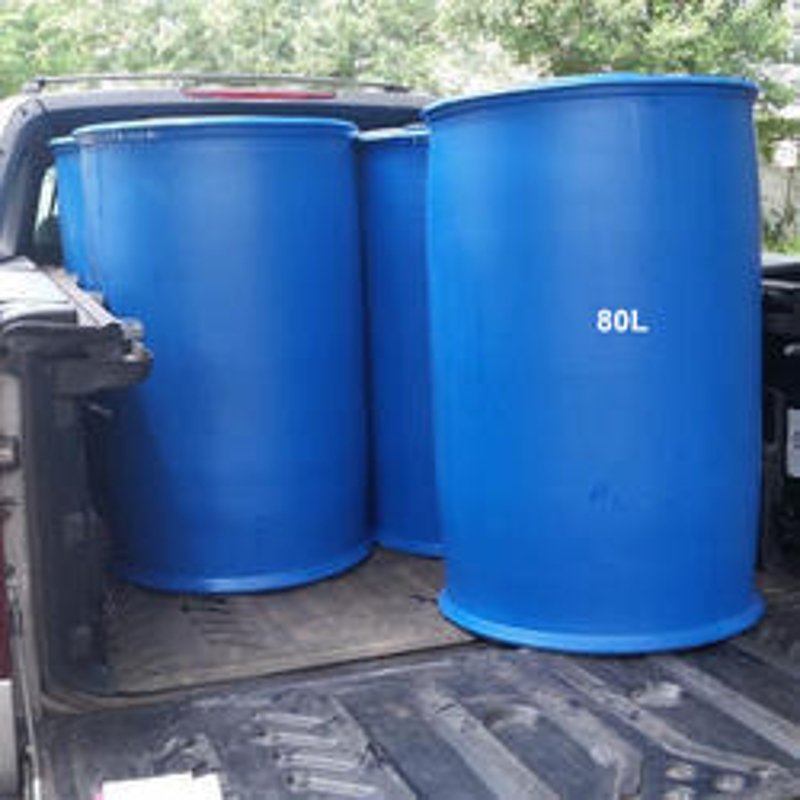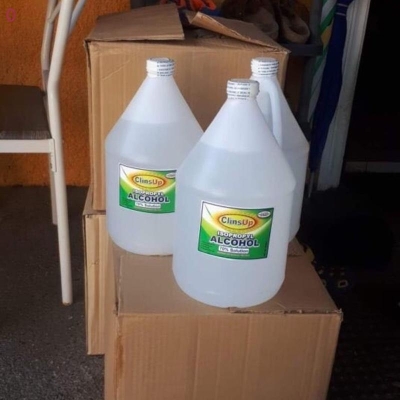-
Categories
-
Pharmaceutical Intermediates
-
Active Pharmaceutical Ingredients
-
Food Additives
- Industrial Coatings
- Agrochemicals
- Dyes and Pigments
- Surfactant
- Flavors and Fragrances
- Chemical Reagents
- Catalyst and Auxiliary
- Natural Products
- Inorganic Chemistry
-
Organic Chemistry
-
Biochemical Engineering
- Analytical Chemistry
-
Cosmetic Ingredient
- Water Treatment Chemical
-
Pharmaceutical Intermediates
Promotion
ECHEMI Mall
Wholesale
Weekly Price
Exhibition
News
-
Trade Service
According to foreign media reports, because the United States has a historic housing shortage, the research team at the Center for Advanced Structures and Composites (ASCC) at the University of Maine has thought of a "shortcut" to build a house - 3D printing
.
.
Using one of the world's largest 3D printers, the team printed floors, walls, and roofs made of wood fiber and bioresin, meaning that the less than 60-square-meter house (BioHome3D) is fully recyclable, with no mud or concrete
.
Moreover, after the module is printed, the assembly takes only half a day, and the power wiring is about two hours
.
.
Moreover, after the module is printed, the assembly takes only half a day, and the power wiring is about two hours
.
As for why Environmental Protection Online pays attention to this news, of course, the two keywords are "bio-based materials" and "recyclable"
.
Of course, environmental protection online has been paying attention to the topic of 3D printing for quite a long time, why? First, whether 3D printing is a low-carbon and environmentally friendly technology is controversial, and second, 3D printing and "waste reuse" seem to really have a "CP sense"
.
.
Of course, environmental protection online has been paying attention to the topic of 3D printing for quite a long time, why? First, whether 3D printing is a low-carbon and environmentally friendly technology is controversial, and second, 3D printing and "waste reuse" seem to really have a "CP sense"
.
I remember hearing that 3D printing has greater energy-saving and carbon-reducing advantages than traditional manufacturing models from the perspective of the whole life cycle, but this theory also has "convertible" points
.
.
For example, 3D printing materials, the above-mentioned 3D printed houses use bio-based materials, which is indeed a low-carbon and environmentally friendly choice, after all, cement, an important component of concrete, the industry's carbon emissions in 2020 are second only to steel in the industry, accounting for more than 13%.
However, the choice of materials for 3D printing is actually relatively extensive, including plastics, metals, ceramics, glass, etc.
, of which PLA plastic, as a degradable material, has high environmental protection
.
However, the choice of materials for 3D printing is actually relatively extensive, including plastics, metals, ceramics, glass, etc.
, of which PLA plastic, as a degradable material, has high environmental protection
.
Another example is the construction of 3D printing, TUDelft University in the Netherlands compared common additive metals and concluded that the carbon footprint of 3D printing direct molding per kilogram of aluminum or stainless steel material may be 10 times
higher than that of traditional processes.
A study sponsored by the Qatar Foundation on the environmental impact of 3D printing applications of construction concrete shows that 3D printing concrete can significantly reduce environmental impact
compared to traditional construction methods.
higher than that of traditional processes.
A study sponsored by the Qatar Foundation on the environmental impact of 3D printing applications of construction concrete shows that 3D printing concrete can significantly reduce environmental impact
compared to traditional construction methods.
At the same time, the TUDelft study concludes by suggesting that end products in different industries may come to different conclusions, and that there is currently not enough data on additive manufacturing to establish credible environmental impact factors
.
In fact, the comparison and analysis of carbon footprints is indeed more complicated than expected, and the current calculation methods and standards are not uniform, which is also the basis of
the controversy.
.
In fact, the comparison and analysis of carbon footprints is indeed more complicated than expected, and the current calculation methods and standards are not uniform, which is also the basis of
the controversy.
Of course, in any case, if 3D printing can be linked to "waste reuse", carbon footprint calculation can be a big advantage
.
.
On the one hand, the above-mentioned 3D printing houses are completely recyclable can make a big article, and on the other hand, more directly, 3D printing can directly use solid waste as raw materials
.
A research team from the University of Freiburg im Breisgau in Germany has studied a new type of bioadhesive material as a 3D printing biopaste, composed of cellulose and lignin, and their next research direction is how to make full use of paper industry waste to extract lignin
.
.
A research team from the University of Freiburg im Breisgau in Germany has studied a new type of bioadhesive material as a 3D printing biopaste, composed of cellulose and lignin, and their next research direction is how to make full use of paper industry waste to extract lignin
.
What's more, there are already places that have arranged field applications
for such printed products.
For example, in Beijing's Chang'an Avenue "Open Winter Olympics" theme flower bed, the raw material of blue and white "snowflakes" is urban solid waste, which is manufactured through 3D printing, which fully fits the concept of zero-carbon environmental protection, and can also save materials, labor, and continue to be recycled after the exhibition
.
for such printed products.
For example, in Beijing's Chang'an Avenue "Open Winter Olympics" theme flower bed, the raw material of blue and white "snowflakes" is urban solid waste, which is manufactured through 3D printing, which fully fits the concept of zero-carbon environmental protection, and can also save materials, labor, and continue to be recycled after the exhibition
.
In fact, in this regard, the industry also agrees with the view that the development of construction 3D printing is conducive to the improvement of solid waste utilization
.
However, how to narrow the difference with ordinary concrete in terms of performance is the focus of the two major industries, including meeting the requirements of structural safety, durability and applicability on the basis of energy conservation and low carbon, in order to further achieve "cross-border same frame"
.
.
However, how to narrow the difference with ordinary concrete in terms of performance is the focus of the two major industries, including meeting the requirements of structural safety, durability and applicability on the basis of energy conservation and low carbon, in order to further achieve "cross-border same frame"
.
Original: 3D printing and solid waste "group CP" Does there a future?







